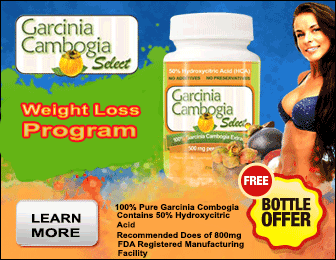You may have heard about the glycemic index and wondered what it is all about. The glycemic index is a ranking of carbohydrates based on their immediate effect on blood glucose (blood sugar) levels. It compares foods gram for gram of carbohydrate. Carbohydrates that breakdown quickly during digestion have the highest glycemic indexes. The blood glucose response is fast and high. Carbohydrates that break down slowly, releasing glucose gradually into the blood stream, have low glycemic indexes.
Foods with a high glycemic index convert into sugar very quickly, with negative physical effects. Foods with a low glycemic index turn into sugar gradually, helping maintain your body's chemical balance. In general, foods with a low index are preferable.
Glycemic Load measures the amount of sugar a food actually releases in the body. Foods with a low glycemic load usually have a low glycemic index, yet still have a low glycemic load. Other foods have both a high index and a high load. You should avoid high load foods as a regular part of your meal plan.
When you choose carbohydrate foods, check both their glycemic index and glycemic load. Detailed tables with this information are widely available. Use the chart below to get started.
High Glycemic Index
- Corn
- Cranberry juice
- Orange juice*
- Raisin
- Bagel
- Bread (white)
- Refined cereal
- Granola
- Muffin
- Pasta
- Potato
- Pretzel
- Rice
- Tortilla (flour)
Medium Glycemic Index
Fruits and Vegetables Starches Apricot* French Fries Grape* Oatmeal Pineapple* Pita Bread Watermelon Waffle
Low Glycemic Index
Fruits and Vegetables
- Apple*
- Asparagus*
- Broccoli*
- Brussels sprout*
- Cauliflower*
- Celery*
- Cherry*
- Cucumber*
- Grapefruit*
- Green Bean*
- Green pepper*
- Kiwi*
- Lettuce*
- Onion*
- Orange*
- Peach*
- Plum*
- Spinach*
- Strawberry*
- Tomato*
- Zucchini*
- * Low glycemic load foods.
Simply eating more fruits and vegetables is not the answer - they must be the right fruits and vegetables. Starchy vegetables such as peas or lentils (200 to 250 calories per cup) are healthy, but they contain more calories than you may want. If you need to eat more to satisfy your hunger, add low glycemic load vegetables. For example, spinach and asparagus are better choices than higher calorie corn and peas. A cup of spinach topped with 1/2 cup of tomato sauce has only about 90 calories, but it gives you nutrients from two colour groups.
Why Not Brown and Beige?
When considering which foods to enjoy sparingly, also use colour as a guideline. Many brown and beige carbohydrates, like pasta, beans and potatoes, while healthy, also tend to be high in calories.
Kim Beardsmore, M.Bus(HRM), B.Sc., is an Independent Herbalife Distributor and creator of the online magazine Weight Loss News. For more information about healthy weight loss, recipes and health visit http://www.weight-loss-health.com.au Your online Herbalife store at http://www.weightlosshealth.herbalcoach.com







